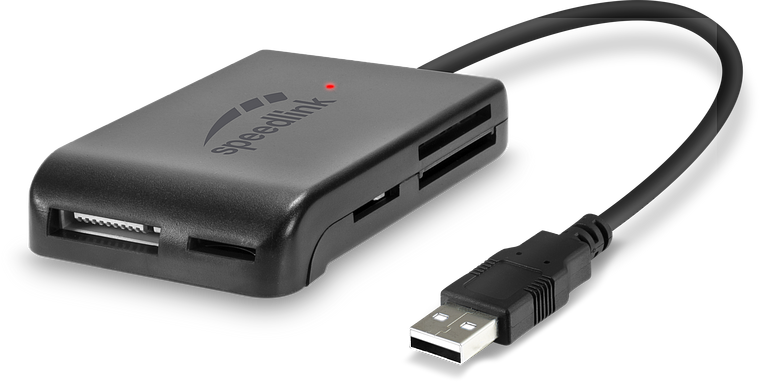
- #Icard reader iusb pro transer photos from one phone to another for mac
- #Icard reader iusb pro transer photos from one phone to another windows 10
- #Icard reader iusb pro transer photos from one phone to another android
- #Icard reader iusb pro transer photos from one phone to another Bluetooth
#Icard reader iusb pro transer photos from one phone to another windows 10
Step 5: Select your Windows 10 PC on the list.
#Icard reader iusb pro transer photos from one phone to another Bluetooth
Step 4: Tap the Bluetooth button on the bottom toolbar. Step3: Tap the Share button located at the top.
#Icard reader iusb pro transer photos from one phone to another android
Step 2: On the Android device, long-press on the file you want to send via Bluetooth. You must do this first else the transfer will fail.

Step 1: On Windows 10, right-click on the Bluetooth icon located next to the system clock and select Receive a File on the pop-up menu. Send a file using Bluetooth on an Android phone Step 11: On the Windows 10 PC, click Finish. Step 10: On the Android phone, tap Allow. Step 9: Select the Bluetooth device and then click the Next button.

Step 8: Select Bluetooth Device on the roll-out menu. Step 7: Right-click on the file and select Send To on the pop-up menu. Step 6: Open File Explorer and find the file to want to send to the Android device. Step 5: Click on your Android phone and follow the directions on each device to pair the two. Step 4: Select Bluetooth in the pop-up window. Step 3: Click Add Bluetooth or Other Device shown on the right. Step 2: Select Bluetooth & Other Devices. Step 1: Open the Settings app on Windows 10 and select Devices. Note: You won’t need to follow Steps 1 to 4 if you already paired the phone using the Your Phone Companion app. Send a file using Bluetooth on a PCīe sure both devices have Bluetooth enabled before moving forward. Step 5: Eject the phone when done and unplug it from the PC. Move files between the phone and PC like you would any USB flash drive. Step 4: The phone should now appear in File Explorer as a USB drive. Step 3: Tap File Transfer listed under Use USB For. Step 2: Tap the Charging this device via USB notification on the phone’s shade. Step 1: With the Android phone unlocked, connect it to the PC using a USB cable. If your phone shipped with a USB-C to USB-C cable, then you’ll need a different cable or a USB-C to USB-A adapter. Here are the typical cables:įor instance, if your Android phone has a USB-C connector but your PC only has the typical rectangular USB-A port, then you’ll need the USB-C to USB-A cable. But now with USB-C becoming the more common connector on both mobile devices and PCs, you’ll need the appropriate cable and/or adapter to get this to work. In days past, an Android tether consisted of a Micro-USB to USB-A cable. Note: To receive notifications, the Your Phone app will require permissions via the Android phone’s settings. Unfortunately, you can’t transfer just any file back and forth between PC and phone, but you can retrieve all photos stored on the Android device. The Your Phone app divides into four categories: Notifications, Messages, Photos, and Calling. This is optional but makes accessing the app more convenient versus scrolling down the Start Menu to find the app.

Step 11: On the Windows 10 PC, allow the Your Phone app to pin itself to the taskbar. Step 10: Tap Done to finish the setup process. Step 8: Back on the Android phone, tap My PC is Ready. It increased the maximum data transfer speed to 312 MB/s. As of 2011, Secure Digital memory cards received an additional option of a UHS-II bus interface. Modern UDMA-7 CompactFlash Cards and UHS-I Secure Digital cards provide data rates in excess of 89 MB/ s and up to 145 MB/s, when used with memory card readers capable of USB 3.0 data transfer rates. Some kinds of memory cards with their own USB functions do not need the card reader, such as the Intelligent Stick memory card, which can plug directly into a USB slot. There are three categories of card readers sorted by the type and quantity of the card slots: single card reader (e.g.

The number of different memory cards that a multi card reader can accept is expressed as x-in-1, with x being a figure of merit indicating the number of memory cards accepted, such as 35-in-1. The number of compatible memory cards varies from reader to reader and can include more than 20 different types. Internal card readers are usually connected to internal USB 1.1 / 2.0 / 3.x ports Smartphones or other devices like cameras format them only in FAT.
#Icard reader iusb pro transer photos from one phone to another for mac
Memory card readers, unlike smartphones, telephones and other devices, such as cameras and digital cameras, allow formatting in a file system other than FAT (FAT16, FAT32, exFAT) to NTFS in Windows, ext, ext2, ext3 in Linux or HFS, HFS + for Mac OS. Multi card readers do not have built-in memory capacity, but are able to accept multiple types and styles of memory cards. Some printers and Smartphones have a built-in card reader, as do most personal computers and the majority of Tablet computers.Ī multi card reader is used for communication with more than one type of flash memory card. Most card readers also offer write capability, and together with the card, this can function as a pen drive. A memory card reader is a device for accessing the data on a memory card such as a CompactFlash (CF), Secure Digital (SD) or MultiMediaCard (MMC).


 0 kommentar(er)
0 kommentar(er)
